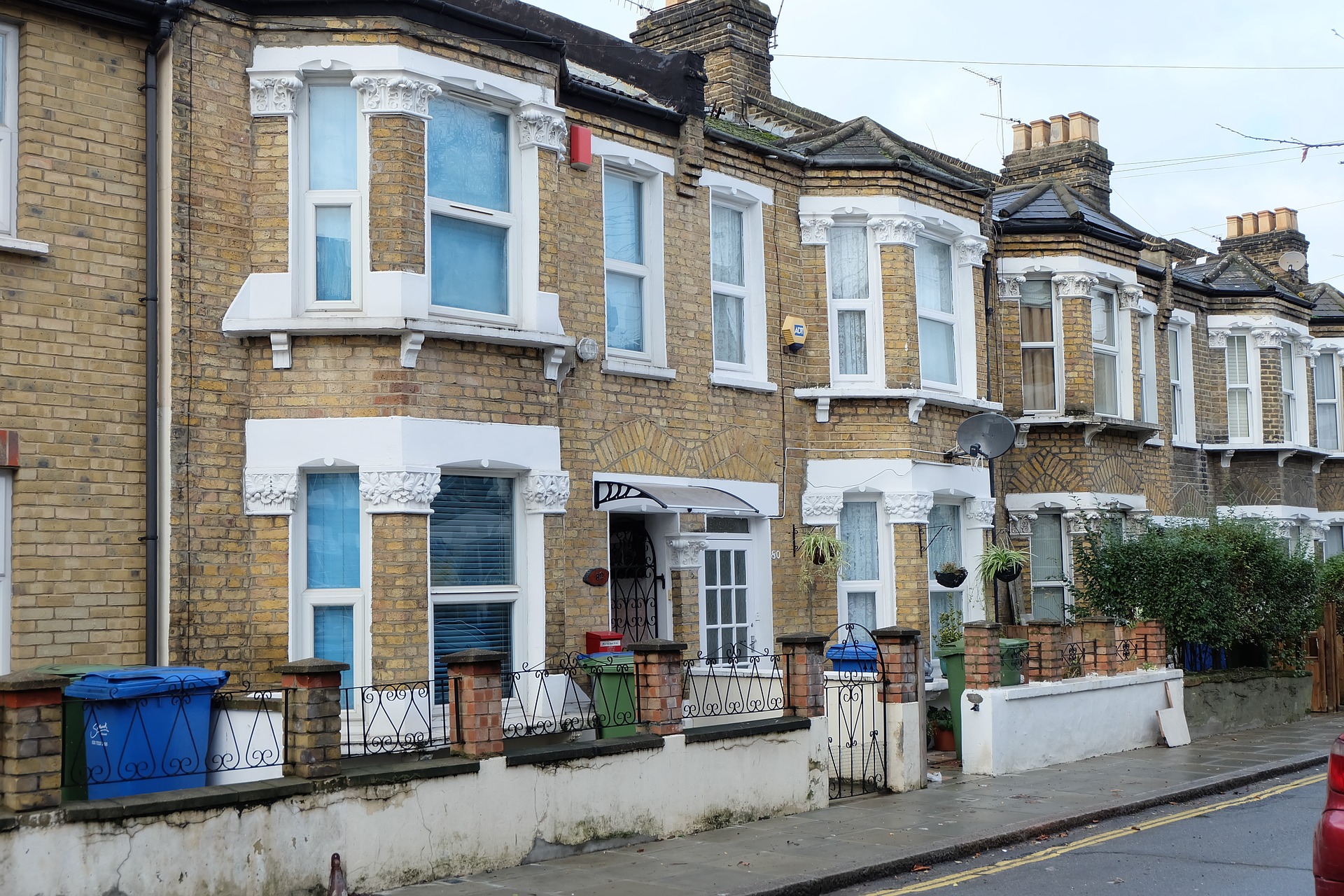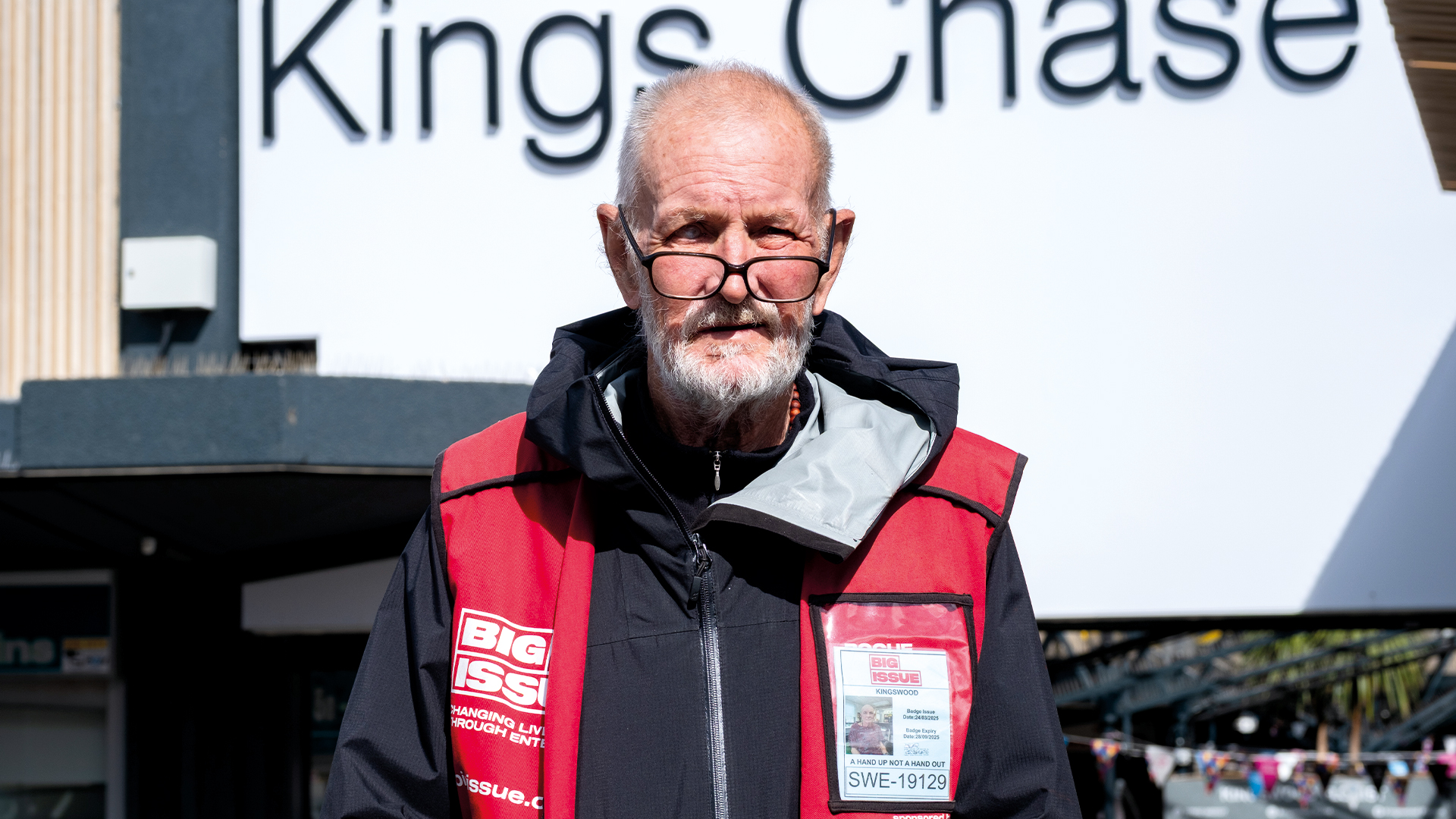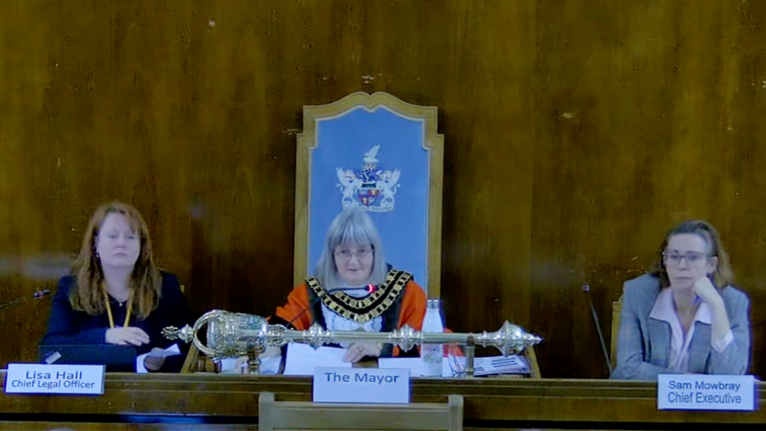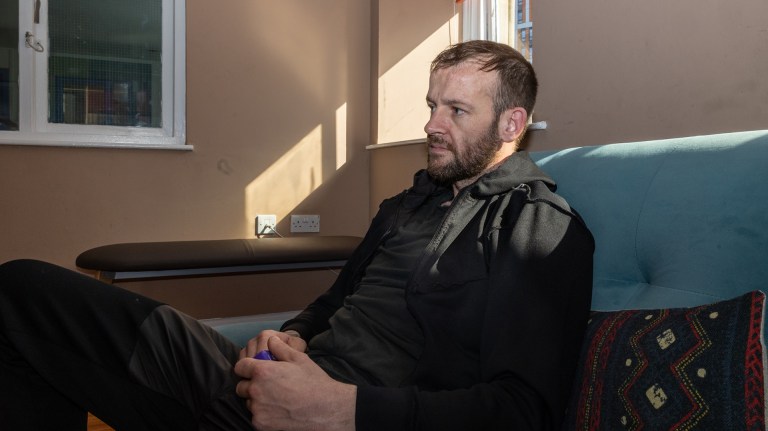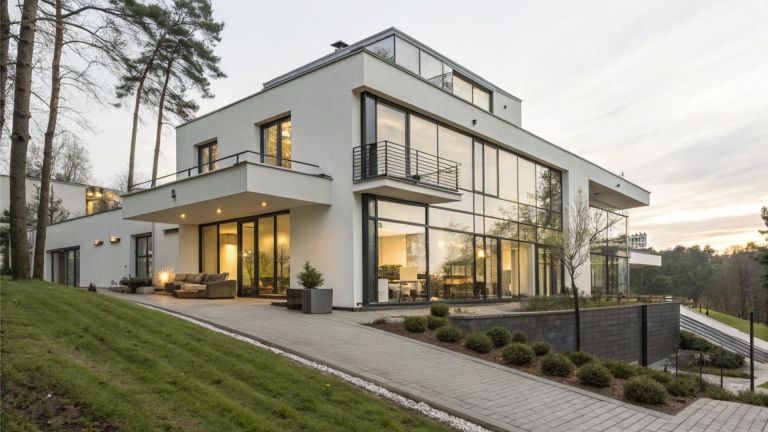There are many reasons why a home might not have a permanent occupier: it could be a second home or it could be that the owner is carrying out renovation work on the property before moving in, for example.
Generally speaking, a home that is unoccupied for six months or more is considered long-term empty. The length of time a home is left empty is often determined by council tax records.
The most recent government statistics, released in November 2023, showed there were 261,189 long-term empty properties in England. That figure represents a rise of 12,556 homes compared to 2022, up 5% annually and 16% since before the pandemic in 2019.
The biggest was recorded in the South West – where there has been widespread concern about second homes – with the number of long-term empty homes rising 9% in just a year.
Rebecca Moore, AEH director, said: “It beggars belief that while children are growing up sharing beds in temporary accommodation, our nation has over a quarter of a million homes sitting empty. To say this is a national disgrace is a profound understatement.
“Long-term empties are a huge missed opportunity to invest in green retrofit and create new jobs.
Advertising helps fund Big Issue’s mission to end poverty
“Action on Empty Homes calls on the government to introduce a new national empty homes programme to create additional housing supply for those in most housing need, utilising properties currently left vacant or in need of renovation.”
Overall, taking into account the number of short-term empty homes, second homes, empty homes paying a council tax premium and unoccupied homes that are exempt from council tax, more than one million dwellings are empty in England. That’s an increase of 60,000 since 2018.
The Local Government Association and Empty Homes Network’s (EHN) research found 4% of the country’s homes are empty.
Adam Cliff, secretary and policy lead for the EHN, said: “Empty homes are a hugely wasted resource, and at over one million empty homes nationally, this figure represents the equivalent to the number of total dwellings in the city of Manchester.
“At a time where the demand for housing is so high, working to bring empty homes back into use can not only support meeting this need, but can encourage inward investment, improve communities and enhance the lives of those who currently live near empty homes.”
The number of second homes not in residential use also rose to over 263,000 in England in 2023, according to government figures.
Advertising helps fund Big Issue’s mission to end poverty
Outside of the English capital, second homes that are left empty for large parts of the year are a problem that is particularly damaging in coastal and rural areas.
In some parts of the country the number of holiday lets and short-term lets outnumber the amount of rental homes on the market by up to 100 to one, The Big Issue found in an investigation in July 2022.
According to the 2021 Census, Wales has a higher proportion of empty homes than England with 120,450 unoccupied dwellings. Around 85% of these dwellings are truly vacant, with around 15% considered second homes.
The Welsh government said in January 2023 there are around 22,000 long-term empty homes in Wales as funding was announced to bring as many as 2,000 back into use.
As for Scotland, there are around 43,000 long-term empty properties in the country, according to the Scottish Empty Homes Partnership. The partnership has brought more than 9,000 long-term empty homes back into use since it was set up in 2010.
Why do empty homes matter?
Empty homes are a wasted resource.
Advertising helps fund Big Issue’s mission to end poverty
Every home that is left empty is a home that is removed from the housing market, meaning it is not available to go on a housing register to support people on housing waiting lists, or for a first-time buyer to get on the property ladder.
Meanwhile, second homes left empty in towns and villages often make it difficult for locals to get on the property ladder, which can also impact on employment. That’s why some residents have held second homes referendums in recent years, to prevent their home being turned into a ghost town.
Second homes have been a particular problem in the South West of England in areas like Devon and Cornwall, and in Wales with locations popular with tourists.
Census data shows the South West had the highest percentage of dwellings that were second homes with no usual residents at 1.3%. Wales followed closely at 1.2%.
In some areas, the number of empty homes could accommodate people on social housing waiting lists, according to research by insurance firm Admiral.
More than 1.2 million households are currently on housing waiting lists in England.
Advertising helps fund Big Issue’s mission to end poverty
Using freedom of information requests and government data to compare waiting lists and the number of empty homes in each area, the Admiral research was able to break down where bringing empty homes back into use could make a difference.
Stafford in the West Midlands came out on top with the number of empty homes making up almost nine times the number of households on waiting lists, ahead of Brentwood where there were three times as many empty homes.
There were almost double the number of empty homes in Bournemouth, Christchurch and Poole while Stoke-on-Trent, West Berkshire, Tameside, Great Yarmouth, Wealden, Lichfield and Southend-on-Sea all had more empty homes than households on waiting lists.
How can we bring empty properties back into use?
It’s not quite as simple as repossessing empty homes and giving them to families in need, though. Many homes are old, in need of investment and aren’t currently ready to be lived in.
In some cases, empty homes may be in such a dilapidated state that they need to be demolished.
However, local authorities do have some tools they can use to bring empty homes back into use.
Advertising helps fund Big Issue’s mission to end poverty
It’s now 10 years since councils in England brought in a council tax premium to act as a deterrent for people who leave properties empty.
That means councils can charge anywhere between 50% to 300% extra on council tax bills for homes left empty for more than two years.
This premium is often applied at a sliding scale with a 100% levy applied at two years of vacancy rising to 200% at five years and 300% at 10 years.
Some local authorities also offer loans or other financial incentives to help landlords renovate properties to bring them back into use.
Shaheena Din, national project manager at Scottish Empty Homes Partnership, said: “We know that the repair and reuse of empty homes can be more cost-effective for home-owners, councils and community organisations alike, and this is reflected in our findings, which show that half of Scotland’s local authorities are now operating ‘buy-back’ schemes to purchase ex-council homes and other empty properties”
Schemes like Sadiq Khan’s Council Homes Acquisition Programme may also see some local authorities buy up empty homes to boost housing stock.
Advertising helps fund Big Issue’s mission to end poverty
Some community groups have taken on the challenge of bringing empty homes back into use too, including East Marsh United in Grimsby and Hastings Commons in Hastings.
What can the government do about unused homes?
The government is looking to take action as part of the Levelling Up and Regeneration Bill that is currently making its way through parliament.
The bill is looking to allow local authorities to force empty home owners to pay a council tax premium after one year instead of two. That’s the current length of time before councils can impose a 100% council tax rise for unfurnished and unoccupied homes.
The Levelling Up bill is also taking aim at furnished holiday homes with plans to include charges up to 200% for leaving them empty for too much of the year.
Action on Empty Homes is calling on Westminster leaders to launch a national empty homes strategy.
Chris Bailey, AEH’s national campaign manager, said: “The Crisis report ‘End Homelessness With Homes’ to which we contributed, argued for a new National Empty Homes Programme with £345.5m a year funding over four years to bring 40,000 additional homes back into use in ways that would contribute to alleviating homelessness.
Advertising helps fund Big Issue’s mission to end poverty
“Action on Empty Homes believe this is a viable if conservative approach and that additional incentives and improvement to local council powers could increase this number.”
A UK government scheme was set up in 2012 to provide £100m for refurbishments but it ended in 2015.
The Welsh government has announced a £50m National Empty Homes Grant scheme to incentivise homeowners to renovate empty homes to bring them back into use.
The scheme, which will run until 2025, will give homeowners or prospective owners a grant of up to £25,000 to boost energy efficiency and make homes safe to live in. The property must have been registered as empty with the local authority for a minimum of 12 months before works begin to qualify.
The investment could see up to 2,000 long-term empty properties back on the market, the Welsh government said.
Climate change minister Julie James said: “The latest statistics show there are more than 22,000 long-term empty properties in Wales. These are a wasted housing resource that can become a blight on our communities.”
Advertising helps fund Big Issue’s mission to end poverty
Do you have a story to tell or opinions to share about this? We want to hear from you. Get in touch and tell us more.
